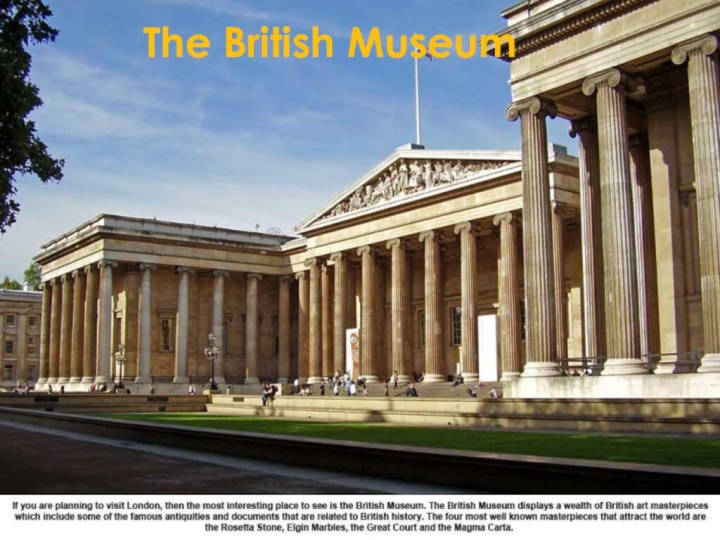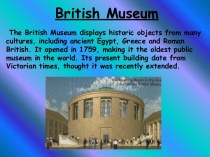Exchange in the City of London was founded in
1565 by Sir Thomas Gresham to act as a centre of commerce for the city. The site was provided by the City of London Corporation and the Worshipful Company of Mercers, and is trapezoidal, flanked by the converging streets of Cornhill and Threadneedle Street. The design was inspired by a bourse Gresham had seen in Antwerp.The Royal Exchange was officially opened by Queen Elizabeth I who awarded the building its Royal title, on 23 January 1571.
Gresham's original building was destroyed in the Great Fire of London in 1666. A second exchange was built on the site, designed by Edward Jarman, which opened in 1669, and was also destroyed by fire on 10 January 1838.
The third Royal Exchange building, which still stands today, was designed by Sir William Tite.
It was opened by Queen Victoria on 28 October 1844, though trading did not commence until 1 January 1845.












































